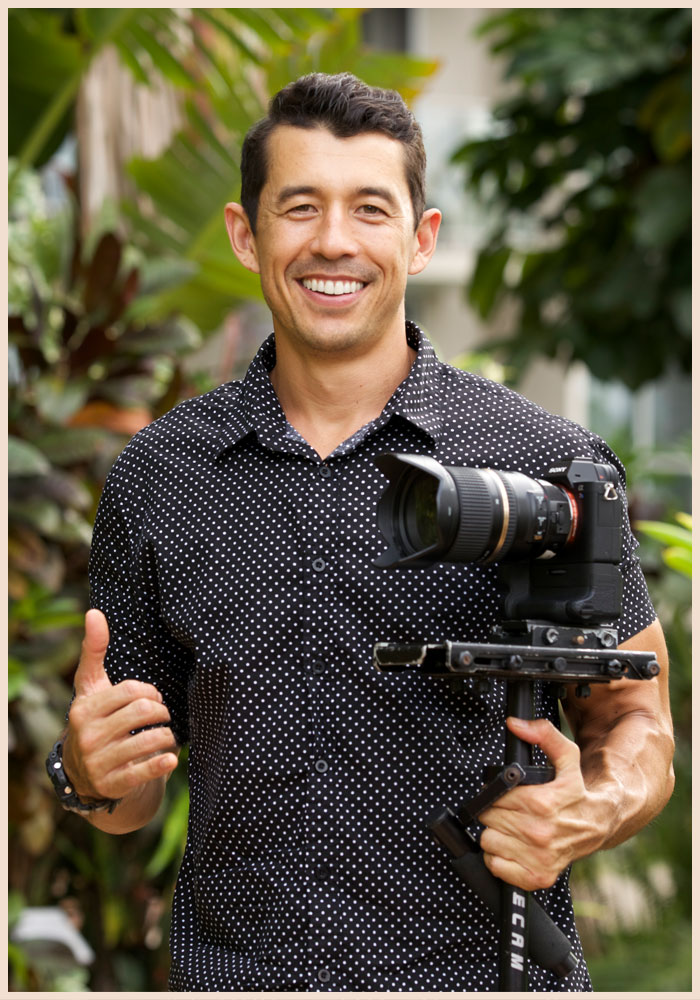9. Legally we have to use licensed music. Not every song is available to the public for licensing. There are licensing sites and tons of options and I think that using music most people haven’t heard makes your film more personalized.
10. Final edit options. There are so many options for final delivery; here are the main delivery options.
Trailer/Teaser, a video that is one to two minutes in some cases sixty seconds so that it will fit on Instagram (their current time limit is sixty seconds)
Highlight film, ranging from three to six minutes of the best moments of your day, this is great for weddings without much of a reception or with minimal speeches
Short Film, eight to ten minutes, I think this is the best balance: it still has the visual engagement of the shorter films but you still have time to include speeches and content to tell the story.
Feature Film twelve minutes and longer, this is great to get completely into your day and story. The feature paired with a trailer is a great option so you have both versions for those who want the full film and those who want to just see the best moments.
Documentary Video or Long Form Edit: this is the full ceremony and reception edited between the cameras. This like a “live edit” there really is no cinematic quality to it. It just shows the entire day in chronological order in a watchable format.
These edits are usually around forty-five minutes long but the length can vary greatly depending on the ceremony denomination and length of speeches.
Raw footage: completely unedited footage. I recommend having this for archival purposes, it isn’t as watchable as the Documentary edit but is also usually a less expensive option.
Regarding the format for your film: 4K resolution is four times the resolution of HD and will become the new video standard probably in the next four years so if you want to time proof your film this is a great option. Usually an add on.
4K is only viewable on 4K TVs and computers. USB flash drive or online is the standard delivery for your film now. I haven’t delivered Blu-Ray or DVD in years. We do offer it as an option still but USB drive is the most universal delivery format or even online via download link.
After receiving your films it is crucial you back them up. Hard drives fail over time so having your films backed up in a second place or in the cloud is highly recommended. Most videographers only hold on to the project for so long after deliver so do not rely on one copy.
11. Leave it the professionals. Many guests are aspiring photographers, iPad users or are a bit over eager to capture your ceremony, so have your minister make a request to the guests prior to the ceremony to leave the photos and videos to the hired professionals. You don’t want a pink iPad in view when you are coming down the aisle! Here’s a video about guests blocking shots at weddings:

